In Norway’s magical far north, Vanessa Brune gets a rare chance to spend time with a Sami reindeer herder. She discovers tension, impossibly beautiful mountain scenery, and a way of life that’s never felt more threatened…
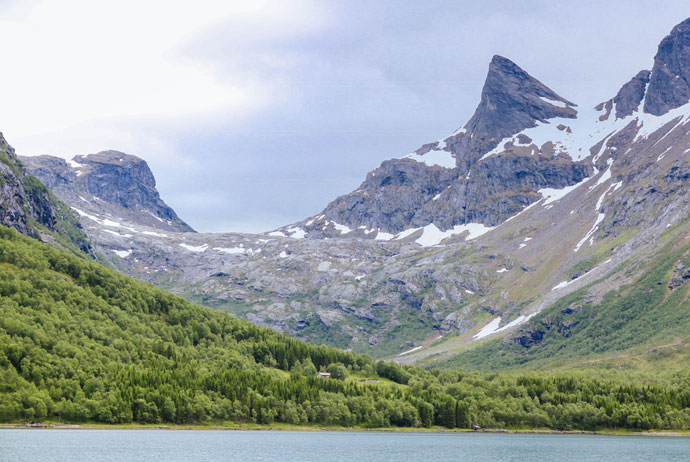
In the past century, a lot has changed for the indigenous people of Northern Scandinavia – the Sami. The old turf huts called gamme stand abandoned and the traditional Sami tent, the lavvu, is only pitched up for special occasions. Today just six per cent of the 50,000-odd Sami in Norway now pursue reindeer herding for a living. The reason? It’s not a job that many would choose to do.
A modern-day reindeer herder can expect hard labour in temperatures as low as -35c. The changing climate and changing landscapes can also cause problems, and there are constant struggles to contend with – like reindeer being hit by cars or trains, or farmers getting upset about reindeer grazing on their land.
With the bright lights of the city beckoning, it’s not surprising that so few young Sami choose to continue the work of their ancestors.
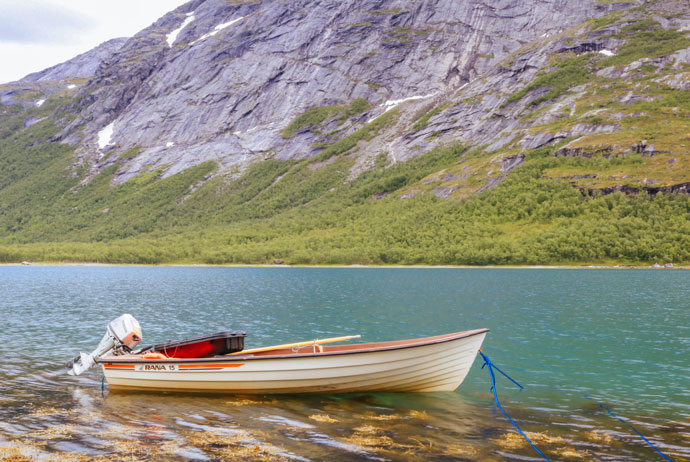
Into the wild
Hoping to learn from one of the few remaining herders, and to find out more about Sami life, we arrive in the small town of Fauske in northern Norway, close to the border to Sweden.
Meeting 31-year-old Mats, whose family has been herding here since the early 1900s, it’s clear that his job is a far cry from the classic nine-to-five. His 2000 sq km ‘office’ stretches from the coastal city of Bodø to the Rago National Park, which straddles the Norway-Sweden border. As we soon find out, it takes some serious effort to maintain.
Meltwater runs down into the fjord, giving it an intense blue glow
Mats agrees to let us join him on a trip to the spectacular Sjunkhatten National Park, some 30km north of Fauske. A fence needs removing, and the journey there will give us the perfect opportunity to learn more about the challenges of reindeer herding in Norway’s far north, more than 800km from the flashy restaurants and boutiques of downtown Oslo.
The journey to the national park is slow but beautiful. First we make our way by road to Røsvik, a small coastal community that lives mainly off the local mining industry. We lower our small boat into the deep blue water and begin an hour-long journey up the fjord, passing remote cabins, scenic lighthouses and dramatic cliffs along the way.
Mats promises that we’ll see reindeer, sheep and even sea eagles during the trip, and he soon delivers. We’ve only been at the national park for a short while when Mats points out what looks like a brown spot moving high up in the trees – it’s the first of three sea eagles we’ll see that day.
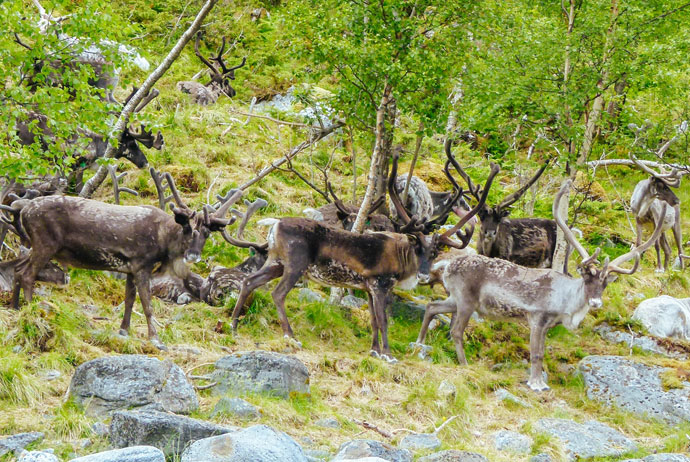
Avoiding conflict
A few hundred metres further down the fjord and we catch a glimpse of something much bigger. It’s a herd of reindeer peering out from thick woodland close to the shore. There’s no time to admire the timid animals, though; we’re here to remove the broken fence which usually prevents them from eating (and therefore destroying) local farmers’ crops.
Conflicts between farmers and reindeer herders are common in this part of Norway, for two reasons: the herders can’t control their animals 24/7, and for a growing reindeer the lush farming lands are, well… pretty tempting. Collaboration and understanding are vital, but tensions can erupt at certain times of the year.
We realise that our time here is very special
At the end of July, for example, Sami herders bring their reindeer together in mountainous areas to be tagged, so they can be tracked and recognised later on. The reindeer then follow their instincts and make their way up the mountain – a route that can often lead them close to farming areas.
Removing the fence is hard work. It stretches down from a high cliff, through the forest, and into the fjord. We start our work from the boat and slowly make our way up. Dramatic mountaintops plunge down on each side, surrounded by lush, thick forests. Meltwater runs down into the fjord in skinny little streams, giving it an intense blue glow, like some Caribbean beach.
Across the fjord, we see an old farm and a couple of sheep grazing near the waterline. Only three people live in this area full-time. Cut off from the outside world, they carve out a living by fishing and farming. There are no tourists roaming the area. And in fact, very few Norwegians ever come here.
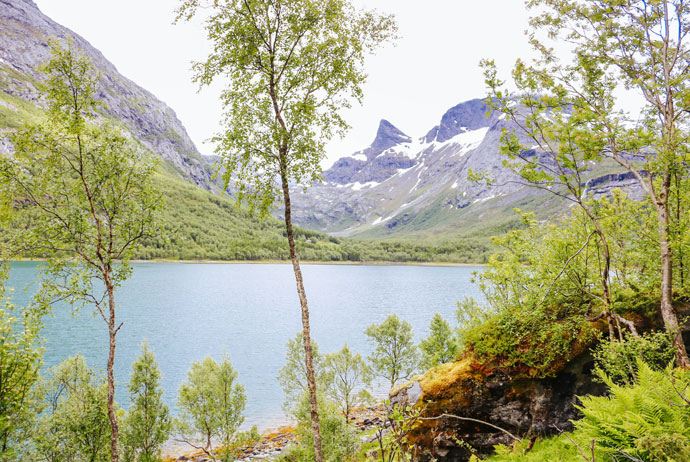
A beautiful place
As there are no roads, the only way to arrive is by boat from Røsvik – the same one-hour trip we’d taken on the fjord that morning. During the winter there are a precious few hours of daylight each day, and temperatures can stay below freezing for weeks on end. All of these factors contribute to this being one of the most remote places to live and work in Scandinavia’s far north. But for exactly this reason, it’s a stunningly beautiful place to explore.
Suddenly, we realise that our time here is very special. In Norway, only Sami people have the rights to herd reindeer, and although touristy ‘Sami experiences’ are offered across Scandinavia, there are very few opportunities for visitors to spend time with real herders as they work.
This isn’t necessarily because Sami are wary of outsiders (most are very proud of their heritage and will gladly tell you about their traditions) but because the traditional work environment for reindeer herders is off limits. Hard to reach. The terrain is rough, the distances are long, and the conditions can be brutally cold. Rightly or wrongly, most tourists are fond of their creature comforts.
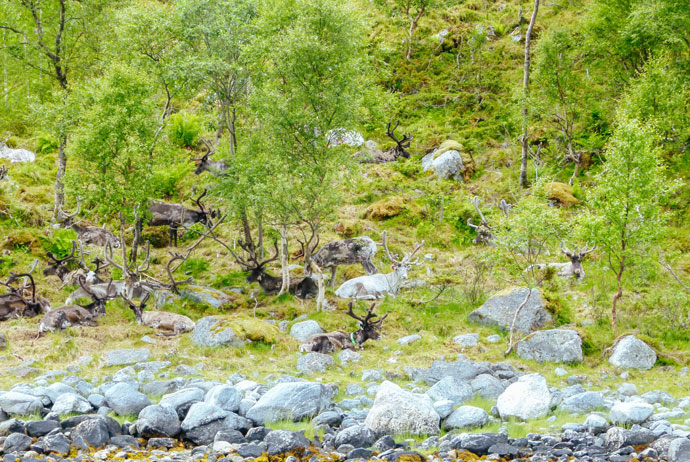
There are other factors helping to prevent a rush of ‘reindeer tourism’. Reindeer are still wild animals by nature, and even if they belong to a herder they’ll roam the forests freely.
Setting up enclosed farms and letting the animals become a tourist attraction can be bad news for the reindeer, but in places like Tromsø, or Alta and Karasjok in Finnmark, some herders have been lured into this way of life by the promise of tourist money. There’s no shortage of attractions offering visitors the chance to feed reindeer, book a sleigh ride, or simply learn more about Sami culture.
The old traditions have to be kept alive
Though whether you speak with a traditional reindeer herder, someone working in tourism, or a Sami person with a ‘regular’ job, most people would agree that the old traditions have to be kept alive and passed on to future generations.
And while young Sami seem to prefer life in cities like Tromsø and Oslo, that doesn’t mean their heritage has to disappear. Creative efforts to keep old traditions alive include the indigenous music festival called Riddu Riddu, which is held in the Lyngen Alps close to Tromsø each summer, or the enthusiastic group of Sami students called ‘Veiviser’ (Pathfinders). Funded by the Sami Parliament, they travel to schools all across Norway, telling their peers more about what it means to be Sami.

Ultimately though, the future for traditional Sami herders like Mats looks very uncertain. The effects of climate change can be felt in the North already today; a few warm winter days can result in rain, which then freezes again, preventing reindeer from digging down to reach the lichen they rely on.
When it’s bad, the herders have to feed them. Bears could also be re-introduced into northern Norway’s national parks soon. Like hungry eagles and high-speed trains, their presence could threaten a reindeer population that’s already under threat.
With our work on the fence completed, it’s time to collect wood for a bonfire. Northern Norway’s summer temperatures aren’t exactly balmy (10c is normal) so the crackling flames offer a welcome break from the chilly afternoon air. The tide is low, so we can’t pull the boat out of the water yet, but Mats says he’ll return after dark to retrieve it, once we’re tucked up in bed and the water level has risen again.
Tomorrow, he’ll wake up early. He might replace another fence, lead the herd away from farmland, collect a lost reindeer up in the mountains, or deal with calves being hit by cars or trains. Then again, he might simply do his taxes.
Reindeer herding had never promised anyone fortune, and for most Sami, that’s never been the goal. It’s about keeping the old traditions alive and living as part of nature – for as long as that’s still possible.
If you go
The nearest airport is Bodo, which is served by direct flights from Oslo. Trains from Bodo (approx three per day) take around 45 mins to reach Fauske. There’s good accommodation at Fauske Camping and at the Scandic Hotel. If you want to explore as far as Røsvik, the best option is to hire a car. There’s a branch of Europcar at the airport and in Fauske.

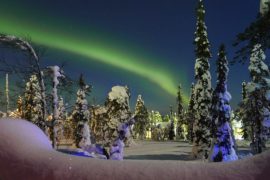
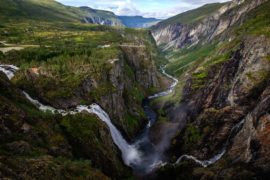
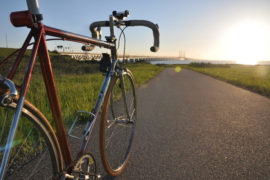
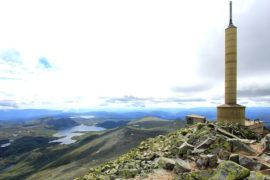
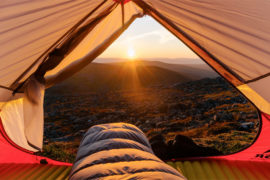
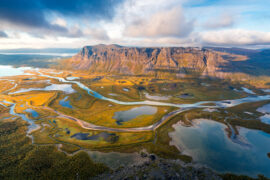
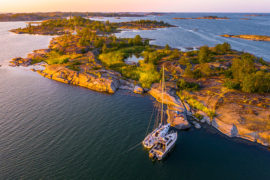
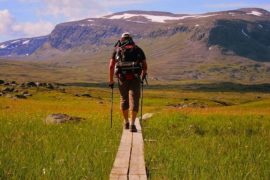
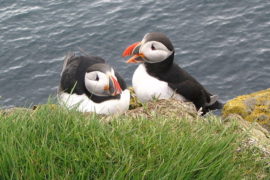
I have watched a documentary on reindeer herding on boxing day and personally the Sami herders do a great job. It is not easy though but if you want to keep the culture and traditions of the Samis, the younger generation has to keep it going. Otherwise in a couple of decades it will lost to extinction.